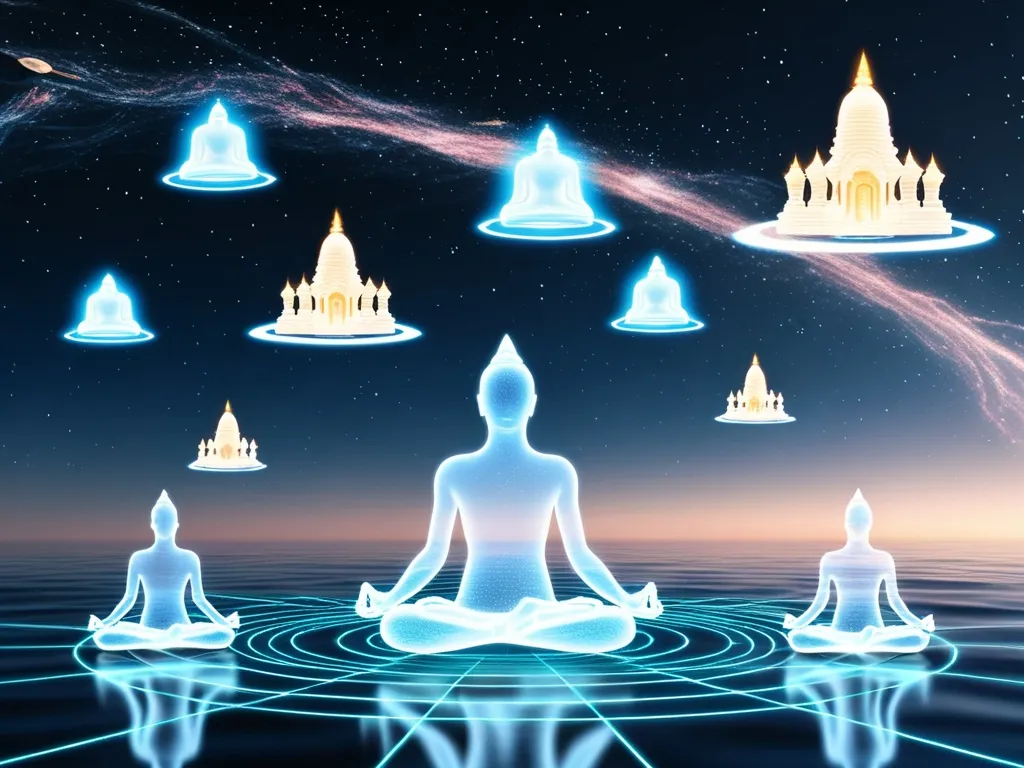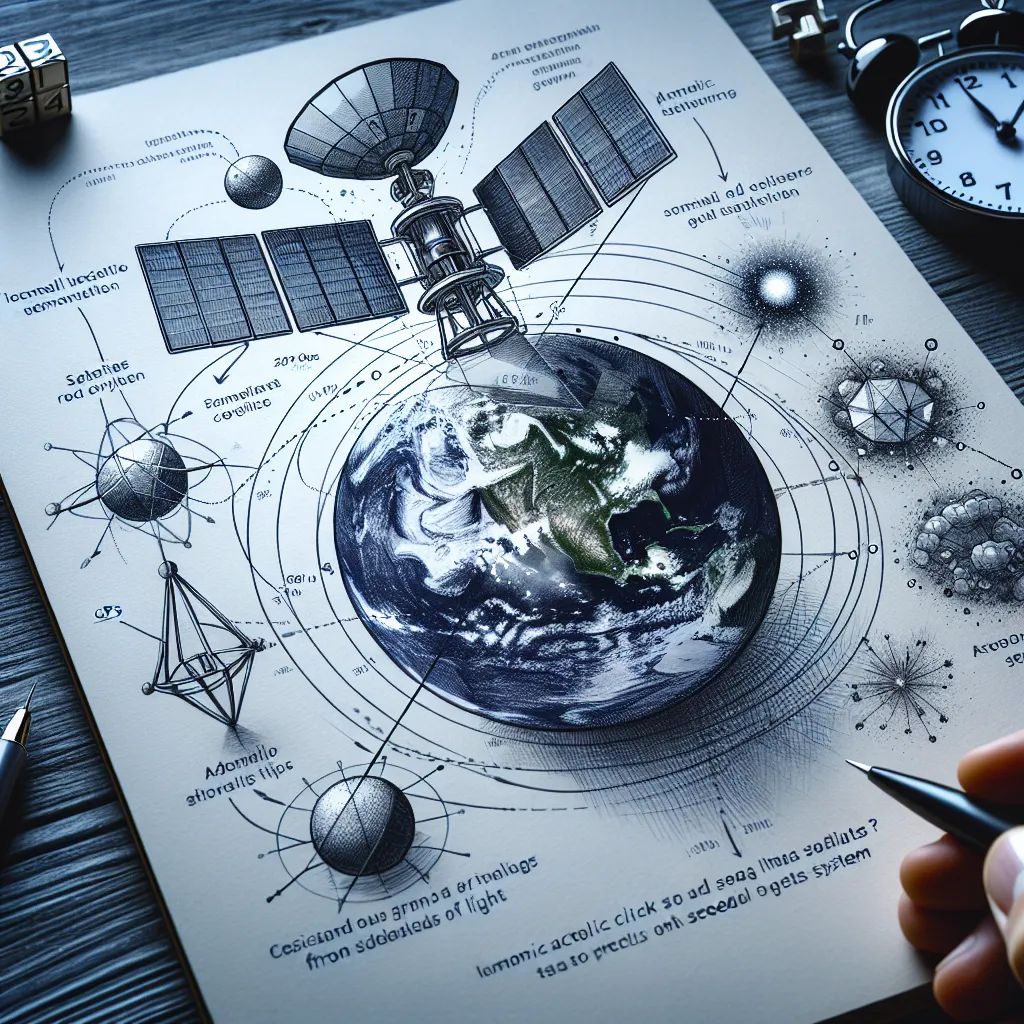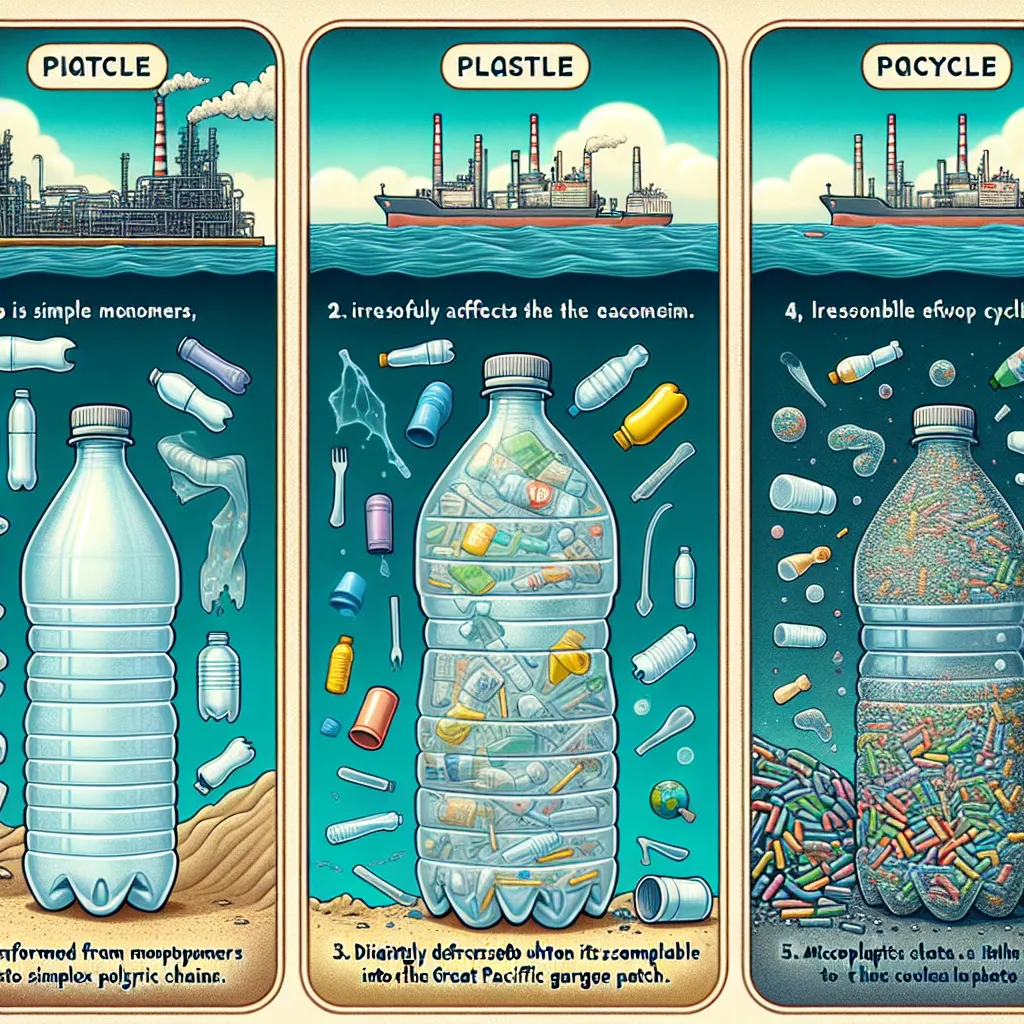In the modern era, the intersection of technology and religion is a fascinating and rapidly evolving field. As someone who has always been intrigued by how different aspects of our lives intersect, I found myself delving into the ways in which faith communities are leveraging digital tools to enhance their spiritual practices and reach a broader audience.
One of the most striking examples of this fusion is the use of virtual reality (VR) in religious rituals. Imagine participating in a sacred ceremony from the comfort of your own home, or even from a different continent, through the immersive experience of VR. This technology is not just a novelty; it is revolutionizing the way people engage with their faith. For instance, some Buddhist communities are using VR to recreate ancient temples and meditation environments, allowing practitioners to feel a deeper connection to their spiritual heritage even if they are physically far away.
Religious apps are another significant innovation that is changing the landscape of spiritual practice. These apps offer a range of features, from prayer reminders and scripture readings to community forums and even AI-driven counseling. One app, for example, provides daily devotional content tailored to the user’s specific faith tradition and personal preferences. This personalized approach helps individuals stay connected to their faith in a busy world where time is often a luxury.
AI is also making its mark on religious practices, particularly in the realm of counseling and spiritual guidance. AI algorithms can analyze user inputs and provide relevant spiritual advice or connect users with human counselors who can offer more in-depth support. This is especially beneficial for people who may feel isolated or prefer the anonymity that digital platforms offer. For example, an AI chatbot designed for Christians can provide biblical verses and prayers relevant to the user’s current emotional state, offering comfort and guidance in times of need.
The impact of technology on traditional ceremonies is also noteworthy. With the rise of live streaming and video conferencing, it is now possible for people to participate in sacred rituals remotely. This has been particularly significant during times of global crises, such as the COVID-19 pandemic, when physical gatherings were restricted. For instance, many Jewish communities used Zoom to conduct virtual Passover seders, ensuring that the tradition continued even when families and friends could not be physically together.
Virtual spiritual communities are another area where technology is making a significant difference. These online communities provide a space for people to connect with others who share their faith, regardless of geographical location. Social media platforms, dedicated forums, and specialized websites are all being used to build and sustain these communities. For example, a virtual mosque allows Muslims from around the world to come together for daily prayers, share religious teachings, and support one another in their spiritual journeys.
Technology is also influencing the way religious teachings are disseminated and consumed. Online courses, podcasts, and video series are making religious education more accessible than ever before. Platforms like YouTube and Spotify are filled with content from religious leaders and scholars, offering a wealth of information on various faith traditions. This democratization of religious knowledge has empowered individuals to explore their faith in a more personalized and self-directed manner.
Moreover, technology is facilitating community building in ways that were previously unimaginable. Social media campaigns, for instance, can mobilize large numbers of people around religious causes and charitable initiatives. Hashtag movements and online fundraisers have become powerful tools for faith-based organizations to raise awareness and funds for their projects. For example, a social media campaign by a Christian organization raised millions of dollars for disaster relief efforts, highlighting the potential of technology to amplify the impact of religious communities.
The daily practice of faith is also being reshaped by technological innovations. Wearable devices and mobile apps can track prayer times, remind users of religious observances, and even monitor spiritual habits such as meditation and scripture reading. These tools help individuals stay consistent in their spiritual practices, even in the midst of a busy and often distracting world.
However, it’s important to acknowledge that this integration of technology and religion is not without its challenges. There are concerns about the authenticity of digital spiritual experiences and the potential for technology to distract from the deeper, more meaningful aspects of faith. Some argue that the reliance on digital tools can lead to a superficial engagement with religious practices, lacking the depth and community that physical gatherings provide.
Despite these challenges, the trend of incorporating technology into religious practices is undeniable. As we move forward in this digital age, it’s clear that faith communities will continue to find innovative ways to use technology to enhance their spiritual lives. Whether through VR rituals, AI counseling, or virtual communities, technology is crafting a new narrative for age-old beliefs, making them more accessible, engaging, and relevant to modern life.
In my own journey of exploring this intersection, I’ve come to realize that technology is not just a tool but a reflection of our evolving society. It highlights our desire for connection, our need for community, and our quest for meaning in a rapidly changing world. As we navigate this complex landscape, it’s essential to approach these innovations with a critical and open-minded perspective, recognizing both the benefits and the challenges they bring.
Ultimately, the integration of technology and religion is a story of adaptation and innovation. It shows us that even the most ancient and traditional practices can evolve and thrive in the modern world. As we continue to explore this fascinating intersection, we may discover that the digital age is not just a new chapter in the history of religion but a transformative force that can deepen our spiritual experiences and connect us in ways we never thought possible.






